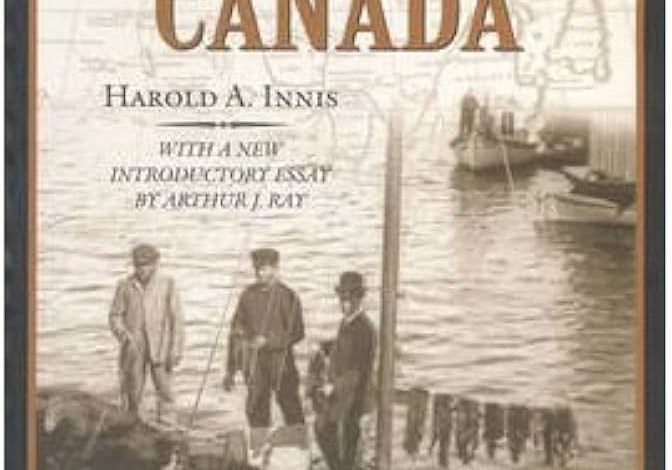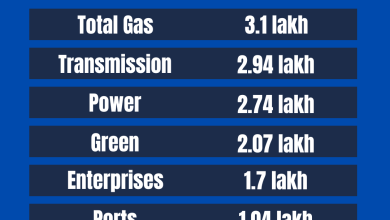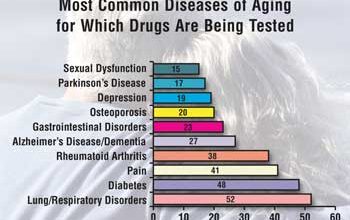Introduction And History of Canada: Unveiling the Great North

Canada is a vast and beautiful country in North America. It is known for its diverse culture and friendly people. This article will explore the introduction and history of Canada. We will look at how Canada became the country it is today.
Geography of Canada
Canada is the second-largest country in the world. It covers almost 10 million square kilometers. Canada has ten provinces and three territories. The country stretches from the Atlantic Ocean to the Pacific Ocean. Canada also reaches up to the Arctic Ocean in the north.
| Province/Territory | Capital City |
|---|---|
| Ontario | Toronto |
| Quebec | Quebec City |
| British Columbia | Victoria |
| Alberta | Edmonton |
| Manitoba | Winnipeg |
| Saskatchewan | Regina |
| Nova Scotia | Halifax |
| New Brunswick | Fredericton |
| Newfoundland and Labrador | St. John’s |
| Prince Edward Island | Charlottetown |
| Northwest Territories | Yellowknife |
| Yukon | Whitehorse |
| Nunavut | Iqaluit |
Early History of Canada
Indigenous people have lived in Canada for thousands of years. They have rich cultures and histories. There are many different Indigenous groups in Canada. Some of these groups include the Inuit, First Nations, and Métis.
Arrival Of Europeans
In the late 15th century, Europeans began exploring Canada. John Cabot was one of the first Europeans to reach Canada. He arrived in 1497. Many other explorers came after him, including Jacques Cartier and Samuel de Champlain.
- John Cabot: Arrived in 1497
- Jacques Cartier: Explored the St. Lawrence River
- Samuel de Champlain: Founded Quebec City in 1608
French and British Rule
In the 17th and 18th centuries, France and Britain fought for control of Canada. The French established New France. It included areas like Quebec and parts of Ontario. The British took control of Canada after the Seven Years’ War. This war ended in 1763.
The British divided Canada into different colonies. These colonies included Upper Canada, Lower Canada, Nova Scotia, and New Brunswick. The British also signed treaties with Indigenous people. These treaties were important for peace and cooperation.
Confederation Of Canada
In 1867, Canada became a country. This event is known as Confederation. The first four provinces were Ontario, Quebec, New Brunswick, and Nova Scotia. These provinces joined together to form Canada. The British North America Act made this possible.
Over the years, more provinces and territories joined Canada. Today, Canada has ten provinces and three territories. This growth helped Canada become a strong and united country.
Modern History of Canada
Canada played a significant role in both World Wars. Many Canadian soldiers fought bravely. Their efforts helped shape Canada’s identity. After World War II, Canada became more independent from Britain. The country also welcomed many immigrants from around the world.
In 1982, Canada achieved full legal independence. The Constitution Act of 1982 was passed. This act included the Canadian Charter of Rights and Freedoms. The Charter protects the rights and freedoms of all Canadians.
Culture and Diversity in Canada
Canada is known for its multiculturalism. People from all over the world live in Canada. They bring their unique cultures and traditions. This diversity makes Canada a vibrant and exciting place to live.
Canada has two official languages: English and French. Many Canadians speak both languages. The country also has many other languages spoken by its residents. Indigenous languages are an important part of Canada’s cultural heritage.
Canadian Symbols
Canada has many symbols that represent its identity. Some of these symbols include:
- Maple Leaf: The maple leaf is a symbol of Canada. It appears on the national flag.
- Beaver: The beaver is a national animal of Canada. It represents hard work and perseverance.
- Hockey: Hockey is a popular sport in Canada. Many Canadians love to play and watch hockey.

Credit: www.amazon.com

Credit: www.britannica.com
Frequently Asked Questions
What Is The Origin Of Canada’s Name?
Canada’s name comes from the indigenous word “Kanata,” meaning village or settlement.
When Was Canada Founded?
Canada was founded on July 1, 1867, known as Canada Day.
Who Were Canada’s First Inhabitants?
The first inhabitants of Canada were Indigenous peoples, including First Nations, Inuit, and Métis.
What Are Canada’s Major Historical Events?
Major events include Confederation, World War I and II participation, and the Charter of Rights and Freedoms.
Conclusion
Canada has a rich and diverse history. From Indigenous cultures to European exploration, many events shaped Canada. The country’s journey to independence and modern identity is fascinating. Canada is a welcoming and inclusive nation. Its history and culture make it a unique and wonderful place to live.
We hope you enjoyed learning about the introduction and history of Canada. This great country continues to grow and prosper. Its future is bright, and its past is inspiring.




